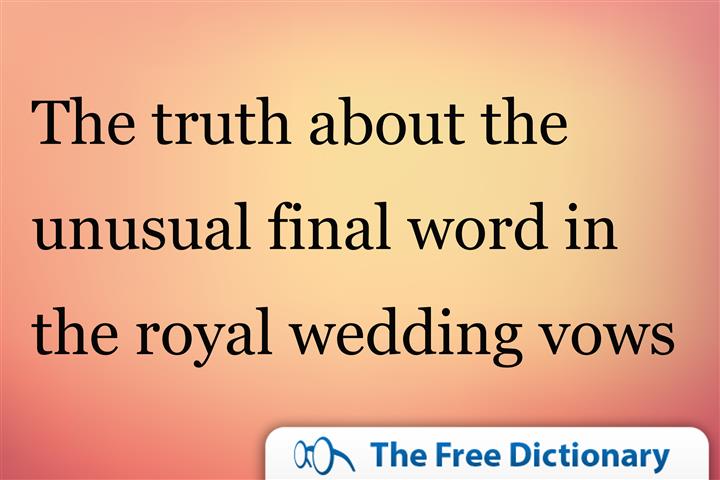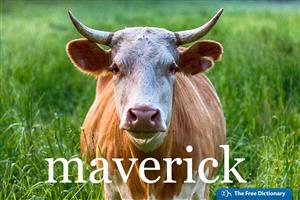The Free Dictionary Blog > Trending Topics > The truth about the unusual final word in the royal wedding vows
The truth about the unusual final word in the royal wedding vows

The central part of most weddings is the exchange of vows—for good reason, since the word “wed” is derived from an Old Norse word meaning “to pledge.”
When Britain’s Prince Harry married American actor Meghan Markle, they used a traditional set of vows consisting of some very familiar lines: “to have and to hold from, this day forward; for better, for worse, for richer, for poorer, in sickness and in health, to love and to cherish, till death us do part.” They ended with “I make this vow.”
However, when Prince William married Kate Middleton in 2011 and exchanged vows from the Anglican Church’s Book of Common Prayer, the vows ended differently.
Both William and Kate finished by saying “and thereto I give thee my troth.”
So what’s this troth?
It’s not one of the “worldly goods” that William promised to share with his bride when he placed the ring on her finger.
Truth be told, “troth” means “fidelity.” Although you may never have encountered it in this form, you may recognize it in the related “betroth,” meaning “to promise to give in marriage.”
Ultimately, “troth” derives from the same root as the word “truth.”
And perhaps that’s the best vow anyone can make.
Get all volumes of The Farlex Grammar Book in paperback or eBook.

